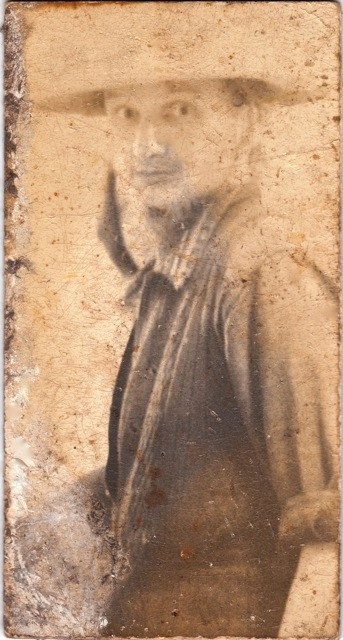WILL SCARLETT

HARMONICA

It opens the chromatic scale for diatonic blues harmonica players, essentially completing the harmonica’s vocabulary.
Once he knew what could be done, Will decided to “dedicate himself to playing any and all keys on a G Navy Band Richter-tuned diatonic harmonica.”
He was working on this new technique when Jorma Kaukonen invited him to record with him and Jack Casady. Although the use of overblowing can be heard on records dating back to the 1920s, it wasn’t until the late 1960s (when Will used it on the first two Hot Tuna albums) that the technique began to be popularized.
This style is used today by top of the line blues players, and a whole generation
of new players. In recent years, with love and craftsmanship, Joe Filisko and his Filisko Guild have made pioneering advances in harmonica reed voicing, making the harmonica incredibly responsive.
To overblow, technically, players learn to use the interaction between the reeds in the lower six holes to cause the draw reeds to play while blowing, playing a note up a half step. Overdrawing is causing one of the top four blow reeds to play a note a half step up while drawing. Of learning this technique Will recalls, “I spent my days walking in the Berkeley hills squeaking out twelve positions, using any chromatic note for a tonic.” Will is happy to teach other harmonica players how to overblow.

Design—Throughout the years, Will has dreamed up, developed, and fabricated his own harmonicas. He designed and crafted wooden covers that open like a horn and focus the sound into the chamber formed by the hands. He obtained a patent on the configuration. His prototypes have influenced contemporary harmonica design. Will invented the “enabler reed” which was utilized by Rick Epping in Hohner’s XB40. He has machined his own harmonicas and otherwise pushed the limits of harmonica science. Fans, musicologists and musicians alike recognize Will for his innovative approach, skillful playing and subtle understanding of all things harmonica.

